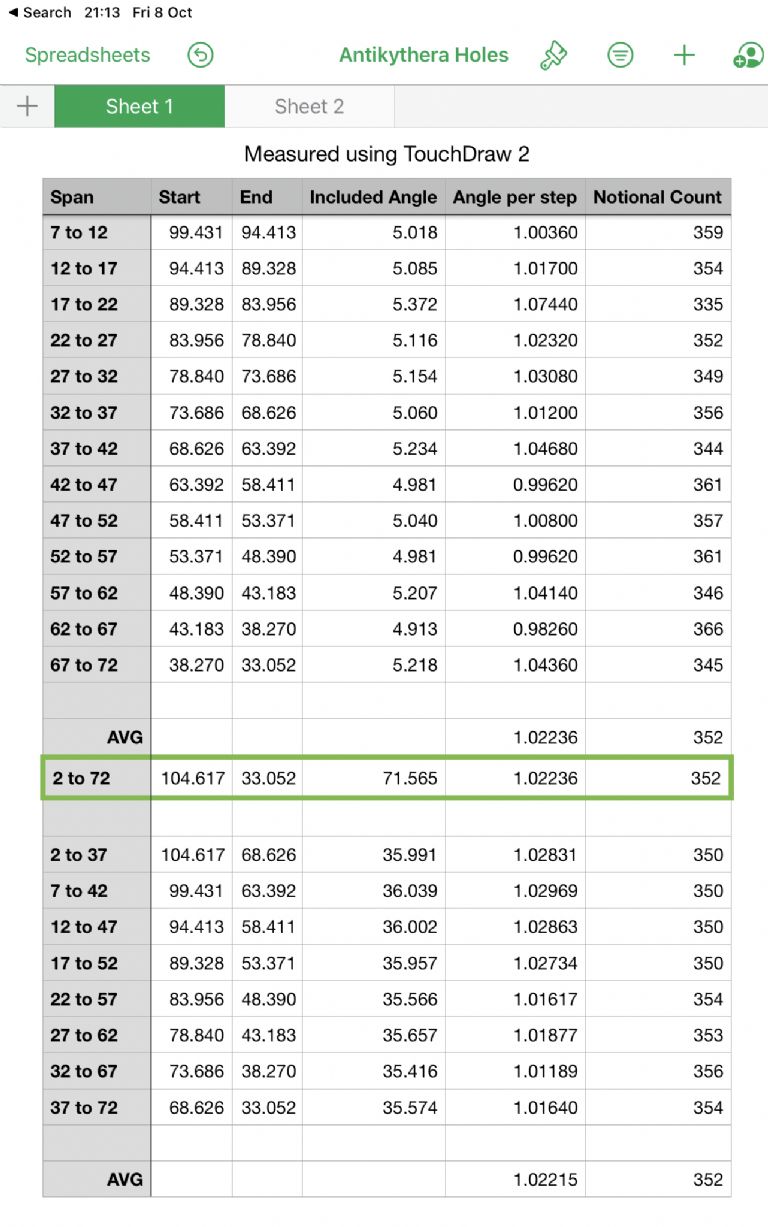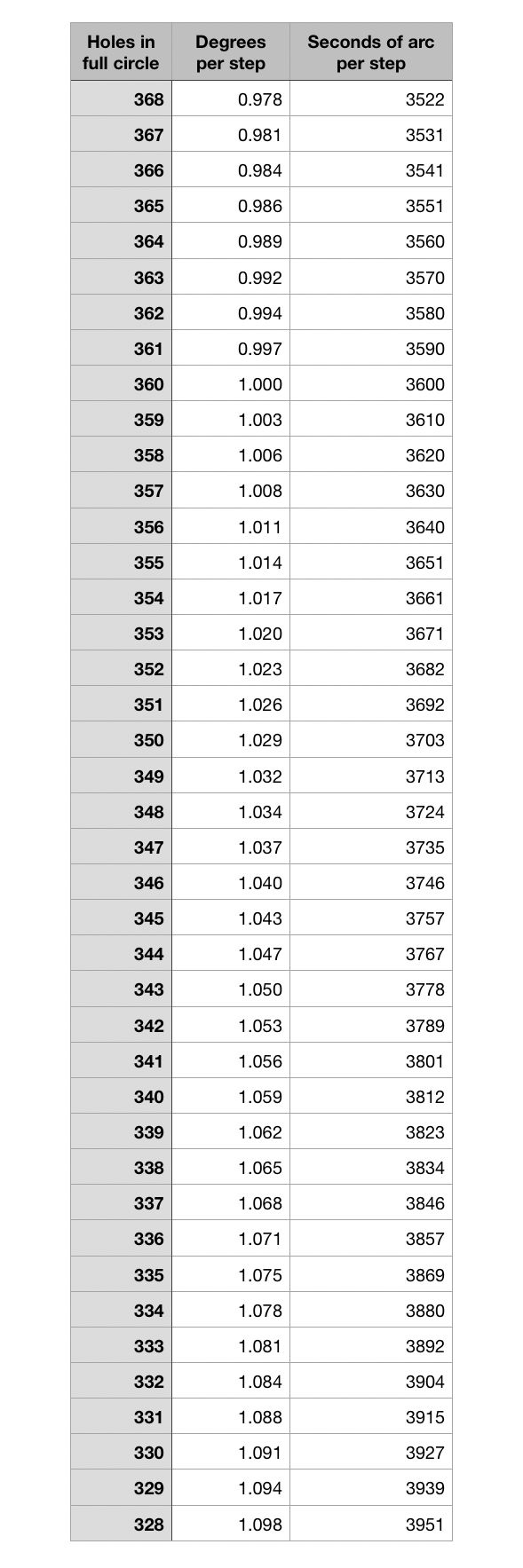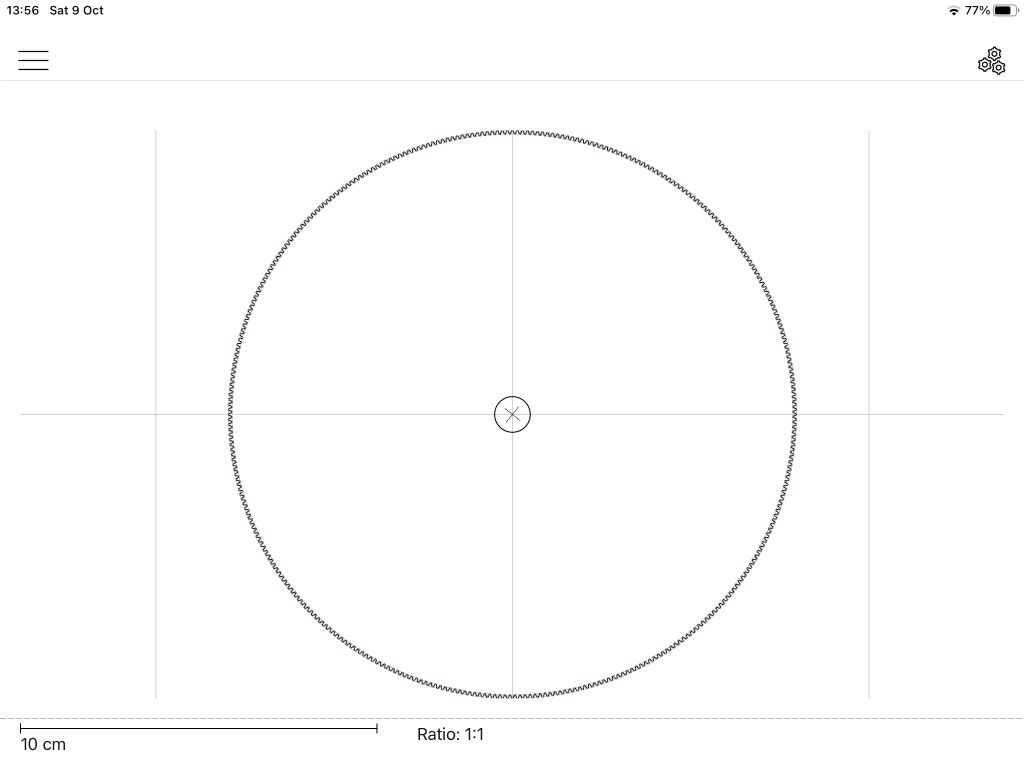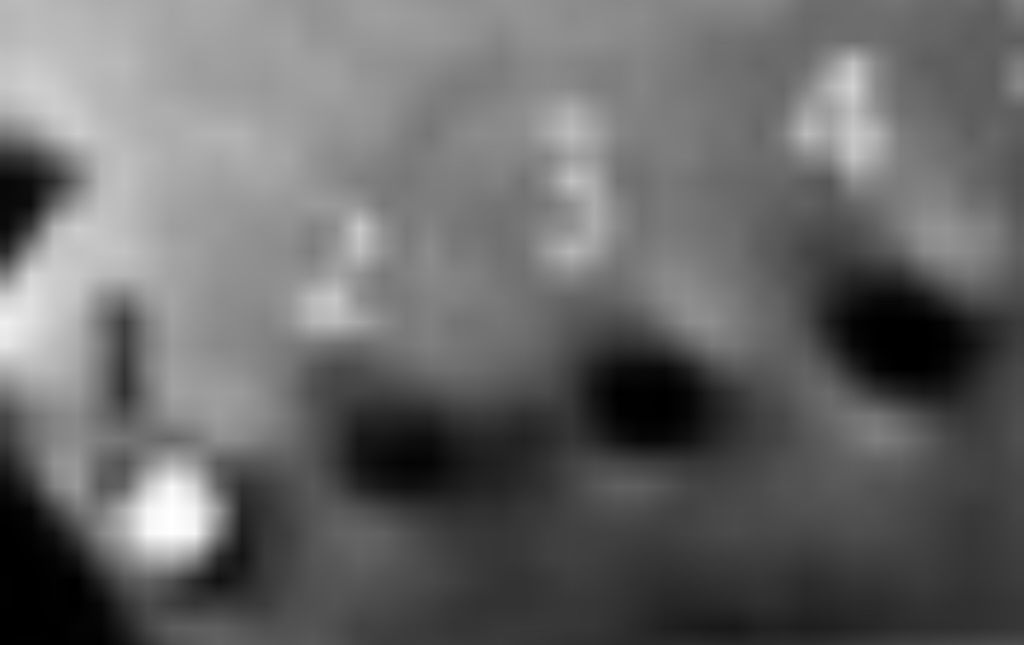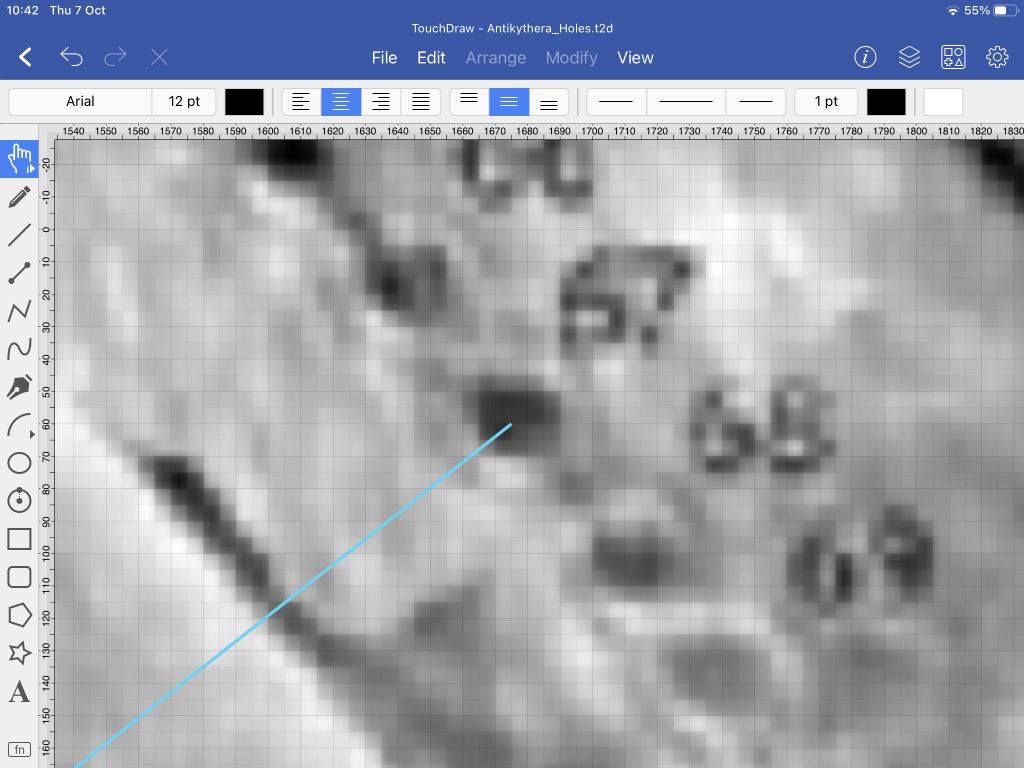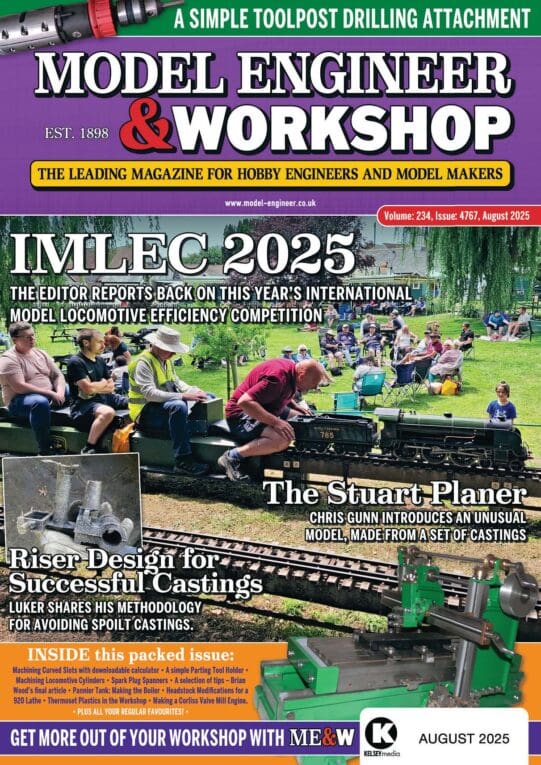Posted by Michael Gilligan on 08/10/2021 21:51:37:
As promised; here is my updated spreadsheet :
…
The results are, I think, pretty clear :
- Based on my measurements ; the most likely count for the complete ring would be 352
- The counts predicted from small groups of holes vary enormously !
- [because] The predicted count changes dramatically with a tiny change in Angle per step
…
MichaelG.
Many sources of error in this ancient mechanism make it difficult to be certain about anything, but I think Michael has shown conclusively that there aren't 365 holes. Therefore the dial can't be indexing earth days. It is however a good match to the moon. And although we today are used to a solar calendar, the ancients went lunar. The Islamic Calendar is still lunar.
So although Michael's results don't prove the ring is lunar, they are consistent with the suggestion. The lunar hypothesis is strengthened rather than weakened by Michael's analysis, but nothing is solid yet.
I enjoy watching 'The Curse of Oak Island' on TV (Blaze channel on Freeview). In it a large team use high-tech methods to search for treasure mysteriously buried and elaborately booby trapped by the Vikings, Knights Templar, Spanish, Pirates, or the British army. See Money Pit. The fun is in deciding which 'evidence' is meaningful and what's utter rubbish. So far I've seen no evidence whatever of treasure on the island. Instead absurd coincidences are taken as gospel. I feel it's unlikely that the garden layout of the Palace of Versailles is a minora deliberately aligned with a marker in Nova Scotia by someone hiding treasure! Archaeology on acid. The whole programme is based on proving a negative – there is no treasure – when science knows it's impossible to prove a negative.
The Antikythera Mechanism is far more predictable than Oak Island, but still tempts false conclusions. Proceed with care!
Never mind drilling the holes, I don't know how they were laid out. Assuming the number is correct, how would you draw 352 equally spaced dots on a 6" diameter with a pen?
Dave
Edited By SillyOldDuffer on 09/10/2021 10:20:52
david bennett 8.


